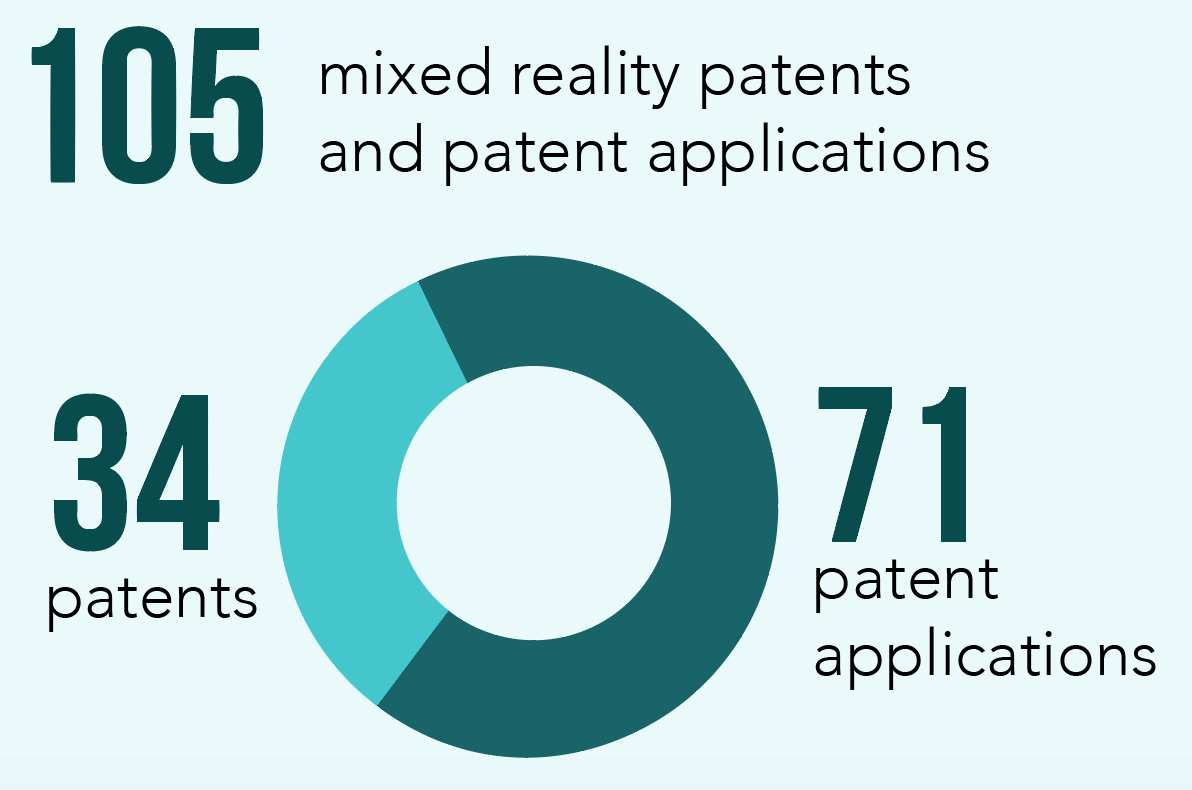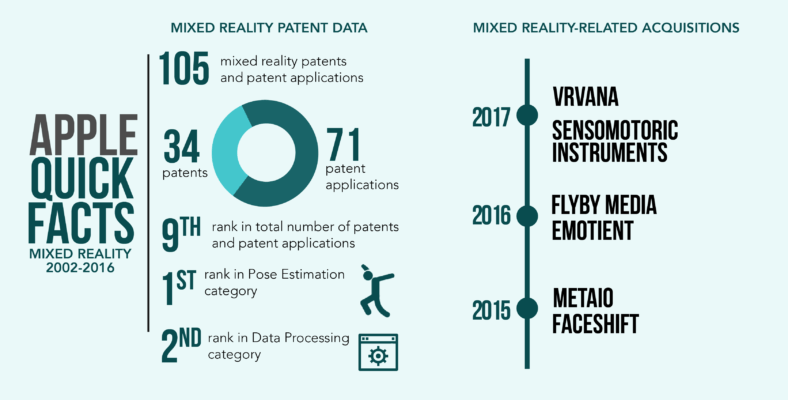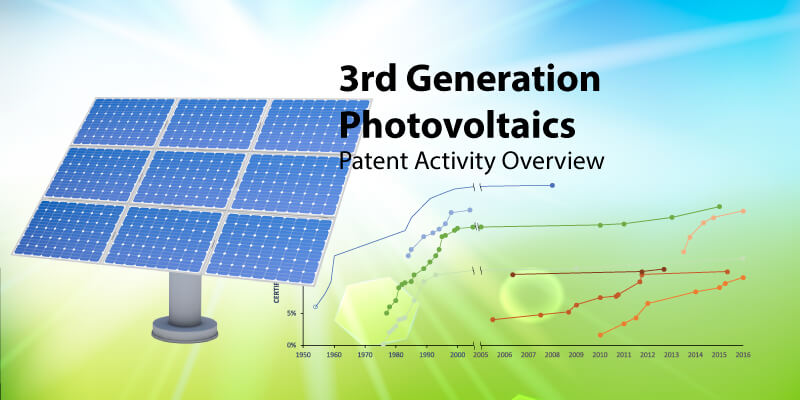With the release of the iPhone8 and iPhoneX, and its new ARKit platform, Apple looks poised to be the next major mixed reality (MR) player. Its recent acquisitions give us an indication of the company’s possible future roadmap — to create its own augmented reality (AR) headset.
Apple has recently acquired Vrvana, a startup from Montreal, Canada that specializes in AR headsets in a deal amounting to around $30 million. Vrvana has developed the Totem headset, which was reportedly designed to run Microsoft’s Windows 10 OS. Although the product has received rave reviews, it never shipped. However, even before the acquisition of Vrvana, there have been talks that Apple has been secretly developing an augmented reality device with the codename T228, according to a report by Bloomberg.
Another notable acquisition is SensoMotoric Instruments (SMI), an an eye-tracking firm which created a kit for HTC Vive VR headset. In 2015 and 2016, Apple made four other acquisitions in the MR field which include Flyby Media, metaio, Emotient, and Faceshift. Metaio’s focus has been on developing AR-based technology, but the other companies’ 3D technology that covers sensing, mapping, and interface could prove to be important in various AR applications as well.
With Apple ramping up its augmented reality efforts, will it have the necessary patents in its portfolio to support such a move? In our preliminary patent analysis, in terms of patents and patent applications (P/PA), it has constantly lagged behind its peers, Microsoft, Sony, Google, Qualcomm, and Intel in terms of the number of P/PA they own, whether measured over the 2002-2016 or 2011-2016 period.
 In fact, Apple’s relatively low ranking in terms of MR-related P/PA at 9th place over the 2002-2016 period is consistent with its being ranked only 12th in terms of number of patents granted by the USPTO in 2016. In this USPTO ranking, Samsung, Intel, Google, Qualcomm, Microsoft, and Sony ranked 2nd, 4th, 5th, 6th, 8th, and 11th, respectively. One possible explanation is many of Apple’s newly acquired P/PA are still assigned under the names of the companies that it acquired during the 2015-2016 period. Although ranking only 9th overall in terms of total P/PA, our preliminary analysis shows that Apple ranks 1st in Pose estimation and 2nd in Data Processing. (See Top Mixed Reality patent categories)
In fact, Apple’s relatively low ranking in terms of MR-related P/PA at 9th place over the 2002-2016 period is consistent with its being ranked only 12th in terms of number of patents granted by the USPTO in 2016. In this USPTO ranking, Samsung, Intel, Google, Qualcomm, Microsoft, and Sony ranked 2nd, 4th, 5th, 6th, 8th, and 11th, respectively. One possible explanation is many of Apple’s newly acquired P/PA are still assigned under the names of the companies that it acquired during the 2015-2016 period. Although ranking only 9th overall in terms of total P/PA, our preliminary analysis shows that Apple ranks 1st in Pose estimation and 2nd in Data Processing. (See Top Mixed Reality patent categories)
This shows that part of Apple’s mixed reality strategy involves acquiring externally any MR technology that they do not presently have, rather than developing all its MR tech in-house to beef up its MR capabilities. The main challenge now for Apple is creating a headset with a built-in display that would be capable of streaming 3D video and at the same time consume less power. In a recent interview with The Independent, Apple CEO Tim Cook said that “Anything you would see on the market any time soon would not be something any of us would be satisfied with.” As much as Apple has been acquiring MR companies as of late, it is also not wasting time waiting for another developer to create the chip it needs to power its headsets. The company is taking charge by creating a chip in-house that would power its AR headset. This would be a similar concept to Apple Watch’s “system-on-a-package” component. These chips would be able to fit graphics processors, AI chips, CPU, in a much smaller area than standard processors without draining the battery.
Disclaimer: Data used for the preparation of this article was based on a preliminary search only. Parola Analytics, Inc. does not make any representation regarding the accuracy or validity of the data, analyses, and conclusions presented in this article.






